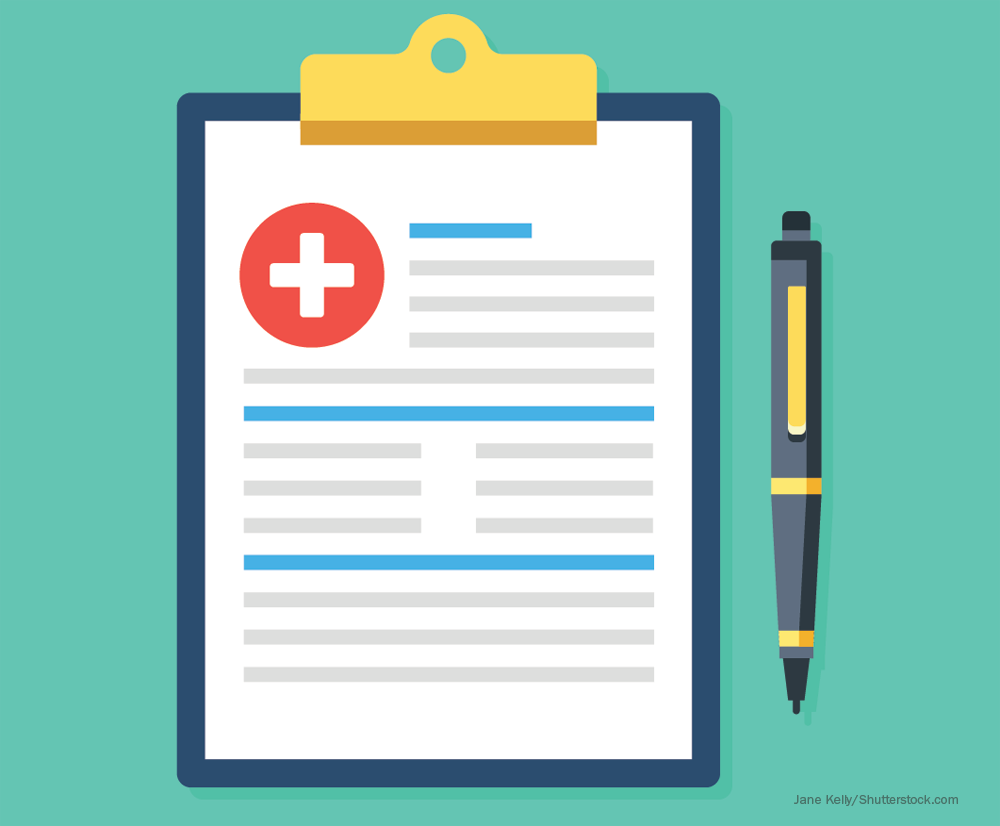4 Tips for Managing Shingles
Helping Herpes zoster patients feel more comfortable

Marie Jhin, MD

Prompt treatment of Herpes zoster (HZ) with antiviral and pain medications within 72 hours of the rash’s onset can help shorten its duration and reduce complications. But what can patients do to deal with the burning, tingling, numbness, and itching that accompany the rash? Here are a few ideas pharmacists can share with them.
1. Relieve Physical Symptoms
A healing oatmeal bath using cool water, or the application of cool compresses or ice packs, can help calm the itch. Allow the skin to air dry before covering the blisters with a light application of calamine or unscented lotion.
Tell patients not to open the blisters, which can cause permanent scarring. They should cover the rash with nonstick sterile bandages. Alternatively, the patient can wear loose-fitting, natural fiber clothing to allow the skin to breathe.
San Francisco board-certified dermatologist Marie Jhin, MD prescribes gabapentin (Neurontin) for nerve pain. “If it’s really painful, we give oral steroids or even a shot of steroids. A lidocaine or capsaicin patch can also help,” she says.
2. Reduce Stress
Physical and emotional stress can weaken the immune system and act as a trigger for shingles. Stress can also cause a patient to feel the physical symptoms more intensely and suppress the immune system, delaying recovery and leading to serious complications like postherpetic neuralgia.
Encourage patients to engage in activities that they enjoy to help them relax and shift their focus away from their pain. Simple exercises like meditation, stretching, and walking, as well as visiting with loved ones, listening to music, working on a favorite hobby, and getting plenty of rest are all recommended.
It’s important to tell patients that they can spread the virus while the rash is in the active blister phase. They should avoid contact with pregnant women who have never had chickenpox or the chickenpox vaccine, premature or low birth weight infants, and people with weakened immune systems. Once the rash crusts over, the person is no longer infectious.
3. Improve Diet
A nutritious well-balanced diet can help boost the immune system and support the healing process. Recommendations for people dealing with shingles include an emphasis on foods containing vitamins A, B12, C, and E, plus the amino acid lysine to inhibit the growth of the HZ virus.
Eating lots of leafy green vegetables, tomatoes, orange and yellow fruits, eggs, red meat, chicken, dairy, whole grains, beans, and legumes can promote healing. Avoid food and juices that are high in sugar and saturated fat, refined carbohydrates, and foods like chocolate, gelatin, nuts, and seeds that contain arginine, an amino acid that can cause the HZ virus to reproduce.
4. Get Vaccinated
The best way to manage shingles is to protect against developing them at all. The first line of defense to avoid an initial or repeat episode is vaccination.
Shingrix is recommended by the CDC for prevention of shingles and related complications in immunocompetent adults age 50 and older. Adults with a prior history of herpes zoster should receive Shingrix.
Alternatively, the CDC advises that Zostavax may be used in healthy adults 60 years and older if a person is allergic to Shingrix, prefers Zostavax, or requests immediate vaccination and Shingrix is unavailable.